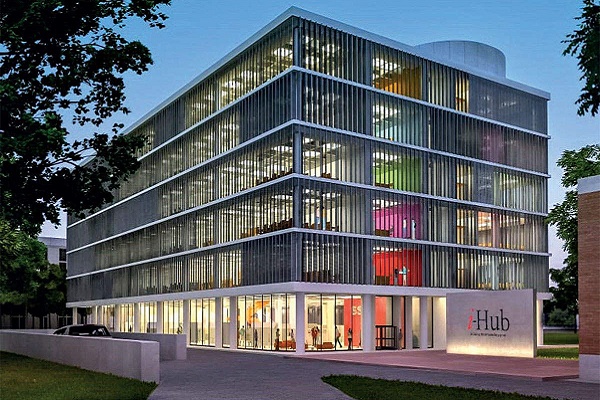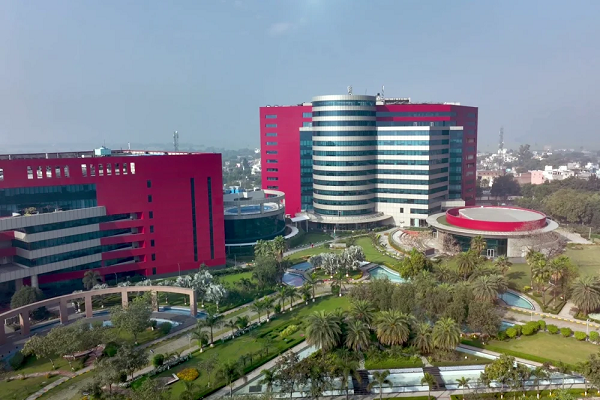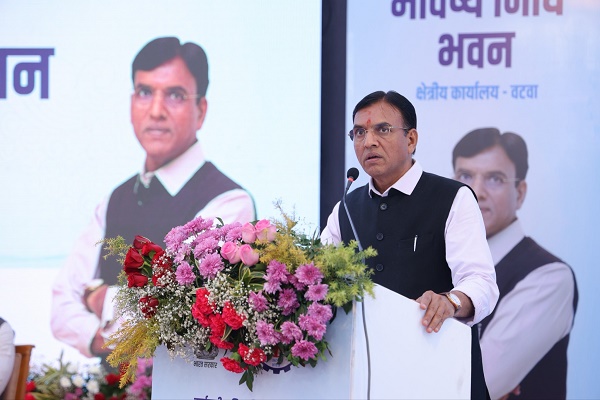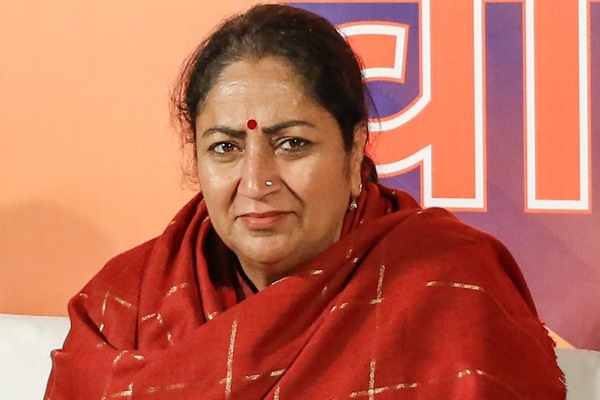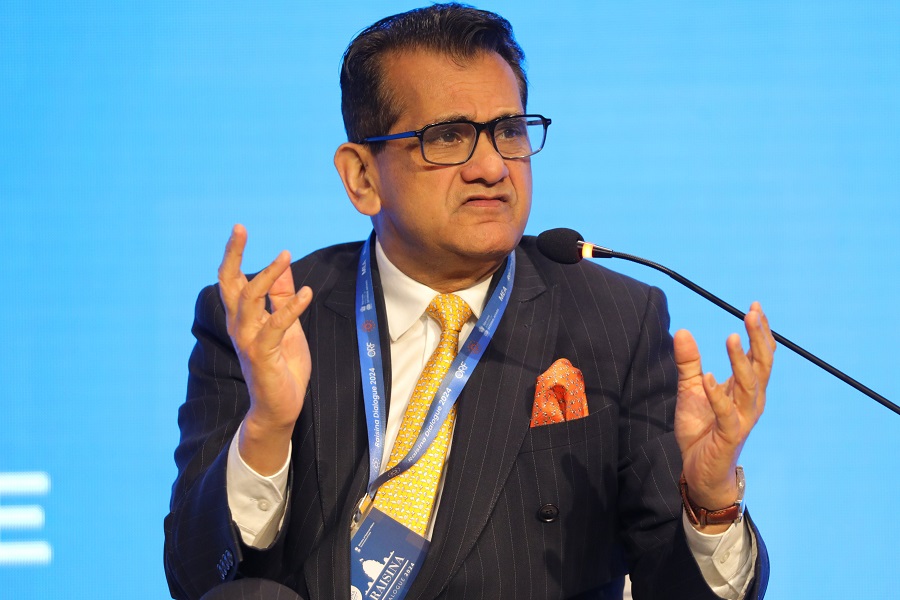EV sales in India set to cross 7 pc market share by FY28

The electric car sales penetration in India is expected to rise rapidly and cross 7 per cent by FY28, subject to timely resolution of rare earth element (REE) disruption, backed by new model launches and government push for improving the charging infrastructure in the country, according to a new report on Wednesday, as US EV giant Tesla finally entered the country.
India’s electric car ecosystem has witnessed significant momentum over the past three years, growing from just over 5,000 units in FY21 to more than 1.07 lakh units in FY25, representing a nearly 21 times increase, according to the CareEdge Advisory report.
While electric four-wheelers still comprise a small share of total EV sales dominated by two and three-wheelers the segment is now entering a high-growth trajectory supported by both public policy and private sector commitment.
The Indian government has committed to achieving 30 per cent EV penetration by FY30 and is taking an active role in enabling this transition.
Initiatives such as FAME III, the Production Linked Incentive (PLI) Scheme for advanced chemistry cell (ACC) batteries, and basic customs duty exemptions on critical battery minerals including cobalt, lithium-ion waste, and graphite — are expected to lower vehicle production costs and improve domestic supply chain resilience, the report noted.
“India’s electric car sales penetration is likely to cross 7 per cent by FY28, provided rare earth disruption is resolved in a timely manner. With a robust pipeline of model launches, expanding EV charging infrastructure and battery localisation under the PLI scheme, India is well-positioned to accelerate EV adoption,” said Tanvi Shah, Senior Director and Head, CareEdge Advisory & Research.
Charging infrastructure, historically one of the most significant bottlenecks in India’s electric vehicle (EV) adoption journey, is now witnessing unprecedented growth.
The report said that over the past three years, the number of Public EV Charging Stations (EVPCS) in India has grown nearly 5x, from 5,151 in CY22 to over 26,000 by early FY25, translating into a robust CAGR of more than 72 per cent.
The FAME III scheme includes dedicated outlays for expanding charging infrastructure, while states such as Maharashtra, Delhi, Tamil Nadu, and Gujarat have rolled out targeted EV infrastructure incentives ranging from land subsidies to capex support. These measures are being complemented by urban municipal programs mandating EV-ready parking slots in residential and commercial developments.
The goal is to ensure EV drivers can find a reliable charging station every 5 to 10 kilometres in dense urban zones — a strategy that significantly reduces range anxiety, currently a top concern among potential EV buyers.
According to the report, private charge point operators (CPOs) are also scaling operations rapidly, often through public-private partnerships (PPP) with municipal corporations and DISCOMs.
Moreover, policy emphasis is shifting toward standardisation and interoperability, with the Bureau of Energy Efficiency (BEE) and NITI Aayog pushing for uniform protocols across chargers to ensure user convenience.
The recent budget for FY26 introduced zero basic customs duty on 16 key minerals used in EV battery manufacturing, reducing reliance on imports and lowering production costs.
CareEdge estimates that India’s lithium-ion cell import dependency could fall to 20 per cent by FY27, compared to nearly 100 per cent in FY22, with ongoing investments in integrated battery manufacturing capacities.
